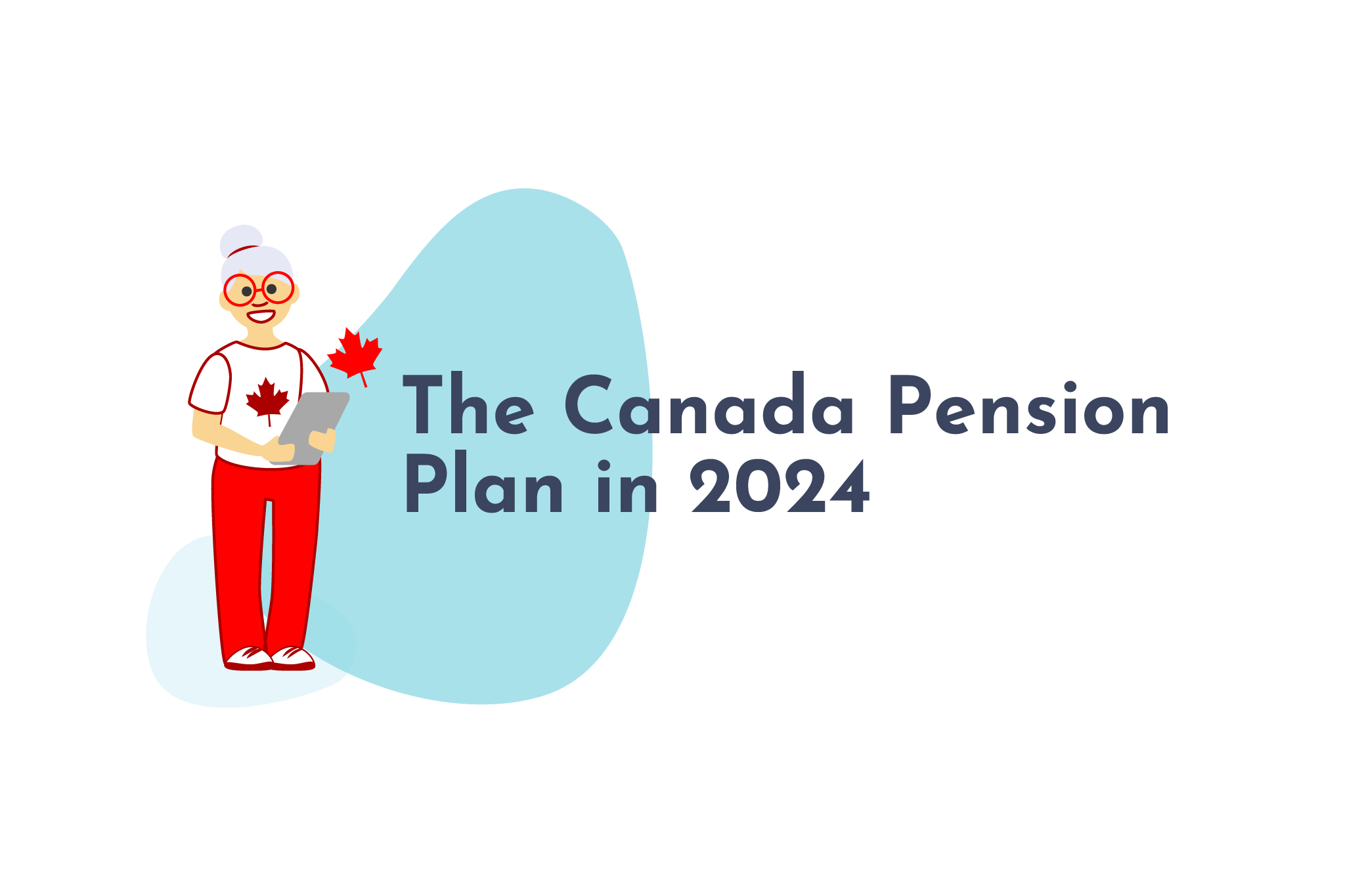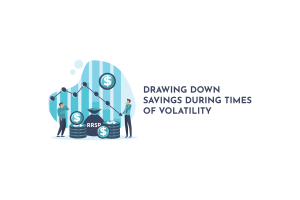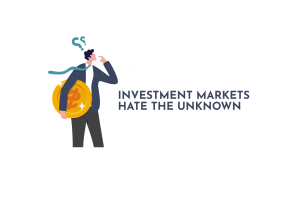Happy New Year! We made it! Another trip around the sun. As the calendar has rolled into 2024, people are taking the time to reflect on the past year and looking forward to what’s next. Resolutions happen, and people look to plan for the future with renewed vigour about what is coming next. There are many things that happen with the onset of a new year, and one of them is the rollout of new policies and rules from the government. In 2024, one of the changes that you will see is to the Canada Pension Plan (CPP) and how it is funded. I thought it might be worthwhile to take a minute to review how CPP works, what the changes are, and how they will influence you.
In This Article:
- The Canada Pension Plan
- Funding the Canada Pension Plan
- The Canada Pension Plan and Your Retirement
- Conclusion

The Canada Pension Plan
CPP has been around for many years. It came into existence in January 1966. CPP was created because the government saw the need for a plan that would help offset the high rate of poverty among retired people at that time. When it was established, the goal of CPP was to replace 25% of a worker’s lifetime earnings. This was up to a maximum amount, referred to as the maximum pensionable earnings. Originally, CPP was funded fully through contributions from employers, employees and self-employed individuals. Now, CPP also includes investment income that complements these payroll-deducted contributions. There have been a few significant reforms for CPP over the years. The first came in 1997 when the government recognized that the aging population meant that there would be fewer contributions being made to support the plan into the future. As a response to this, in 1997, contribution rates were doubled to 9.9% of a worker’s annual income (up to that maximum), with the amount being split between employer and employee. The next significant reform came in 2016. This reform aimed to enhance the CPP benefit so that it would target replacing 33% of the worker’s income. The way that this was set to happen was that beginning in 2019 (and ending in 2025), there has been an increase in contributions phased into the CPP.
Funding the Canada Pension Plan
As I mentioned earlier, the CPP was initially established and funded by the employer and employee contributions that were mandated in the plan. In order to maintain the stability of the CPP, it is reviewed every three years by actuaries to look at what the predicted future costs of the plan are and compare it to the current status of the plan. The review in 2022 came to the conclusion that with its current assets, the CPP will continue to be sustainable into the future beyond 75 years. Why, then, do so many people question financial planners about the idea that the CPP won’t be around to support them in their retirement? Back in 2017, surveys showed that almost two-thirds of people believed that CPP was going to run out of money and that it wouldn’t exist during their lifetime. There has been uncertainty in the past. This was why, in 1997, the funding model was updated, and the CPP Investment fund was created. The federal and provincial governments came together and recognized that with Canada’s aging population, it was going to be necessary to change the way CPP was funded to make sure it was sustainable years into the future. A two-fold approach was taken to this. The first was that the funding amount was increased, so more contributions were flowing into the plan; the second was the decision that they would take some of the current surplus of funds in the plan and create a CPP Investment Fund, which would manage the money targeting growth to help offset the risk the aging population posed to CPP. There was a transfer of $12.1 Million dollars to create that CPP Fund, and now, less than 30 years later, that money has grown to $576 Billion dollars. The CPP is a model of pension funding that is respected across the globe. Many foreign governments send delegations to observe how CPP is managed, try to take information from how they manage CPP, and apply it to government retirement plans in their home countries.
There is a current adjustment to CPP that you may notice as well. The plan has always had the yearly maximum pensionable earnings included with it. This was an income amount that you were required to make your contributions up to; when your income exceeded that amount, you no longer needed to contribute. For the year 2024, that maximum income amount is $68,500. Historically, when your income for the year went over this amount, you saw CPP contributions stop for the year. What is new this year is that you will see that they have added a second tier of income for contributions. If you make between $68,500 and $73,200, you will be required to make an additional contribution on that income. It will be 4% of these earnings that will be contributed to the plan for you (matched by your employer).

The Canada Pension Plan and Your Retirement
Canadians have long been required to look to three particular areas to fund their retirement income needs. These three portions of your retirement income, often called the ‘three pillars’ of retirement income, are CPP, Old Age Security and your personal savings (RRSPs, workplace plans, etc.). CPP is a strong foundational portion of your retirement income plan, but experience working with clients shows that, overall, it isn’t a well-respected or understood part of the plan. If your employer offers a group retirement plan with matching contributions, we strongly encourage all employees to participate in it. The idea behind participating in that type of plan is that money is being put away for your retirement that doesn’t come out of your pocket (the employer contribution). Why, then, do we not look at CPP the same way? If you were in an employee/employer relationship in 2023, you had 11.9% of your earnings deposited into the CPP, but your piece of that was only 5.95%. In reality, this is a very generous contribution formula, fully matching up to 5.95% of your earnings, which is exceptional. The ongoing stability of the CPP, with continuous payroll contributions and investment growth to fund it, makes it a stable income base for many Canadians today and into the future. With the enhancements being made to CPP targeting the replacement of one-third of your pre-retirement income, this is a key portion of your retirement income that should be valued highly in your retirement plan.
CPP enhancements will benefit all workers who have contributed to the plan since 2019, but the younger you are, the more you will benefit from these changes. Some forecasts show that if you are retiring in forty years, you could see your CPP entitlement go up by as much as 50% from where it would have been using the old funding model. If you don’t have forty years, you’ll still see a benefit; it just won’t be as significant as it will be for those younger people with lots of time on their side.
Think about it this way. In most jobs outside of the public sector, the defined benefit pension plan is no longer an option for employees. CPP is, in effect, a defined benefit pension plan for all workers in Canada. There is a formula that recognizes how much and how many years you contributed to the plan, and from that formula comes an annual payment amount that you will receive until you die. It is a foundational part of any well-thought-out financial plan.
Conclusion
The Canada Pension Plan is really a marvel. The idea that there is a government-funded pension that will help support you throughout retirement is a fantastic benefit available to Canadians. Changes made to the plan do cost you more; the increased contributions from both employees and employers will have an effect on the bottom line for their respective cash flows. But this change doesn’t come without rewards in the long term for you. You need to remember that this is an investment being made in yourself that benefits you in the future. This is something to be celebrated, and when you see the CPP as part of your retirement plan, make sure that you understand just how powerful a portion of your retirement it is.




